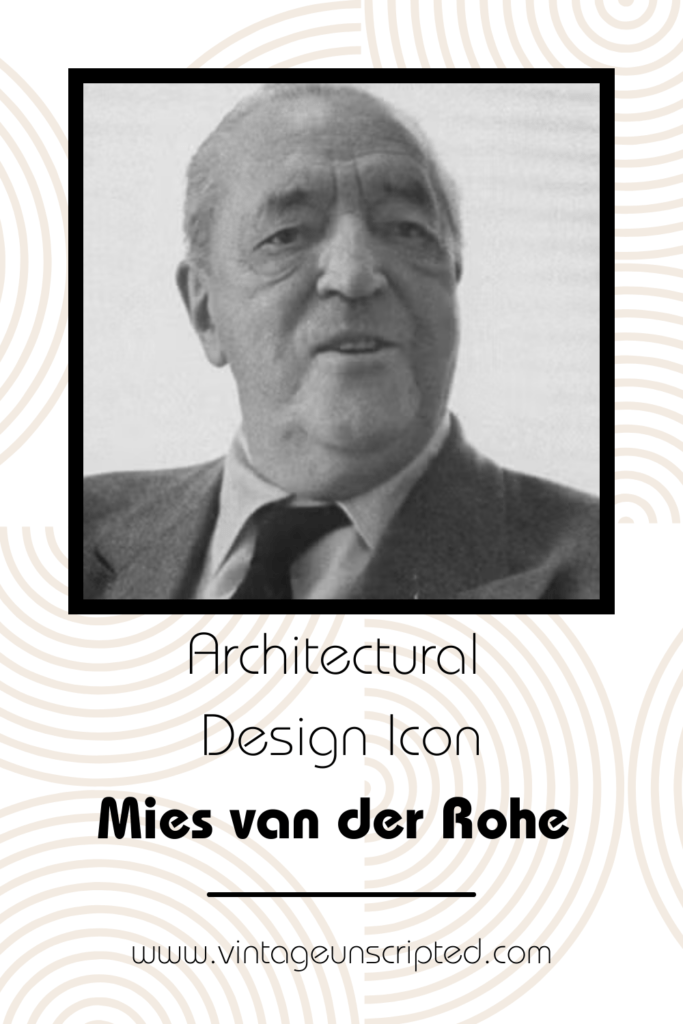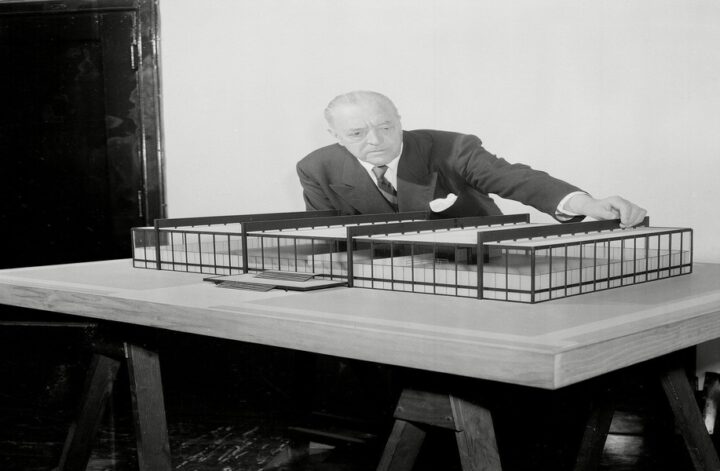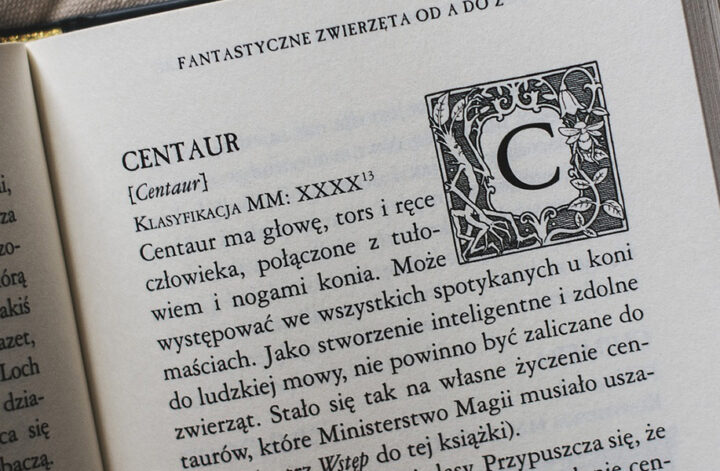“Less is more” was the motto of Mies van der Rohe. Regarded as a pioneer of Modernism in both architecture and interior design, he was also an academic. Growing up in Germany prior to WWII, he apprenticed with furniture designer Bruno Paul. From there, he worked initially as an apprentice with Peter Behrens. Meeting and working with both Le Corbusier and Walter Gropius pushed his career forward. He was the last director of the Bauhaus, a job he was given by its creator Walter Gropius. Bauhaus was closed down in 1933 by the Nazis.
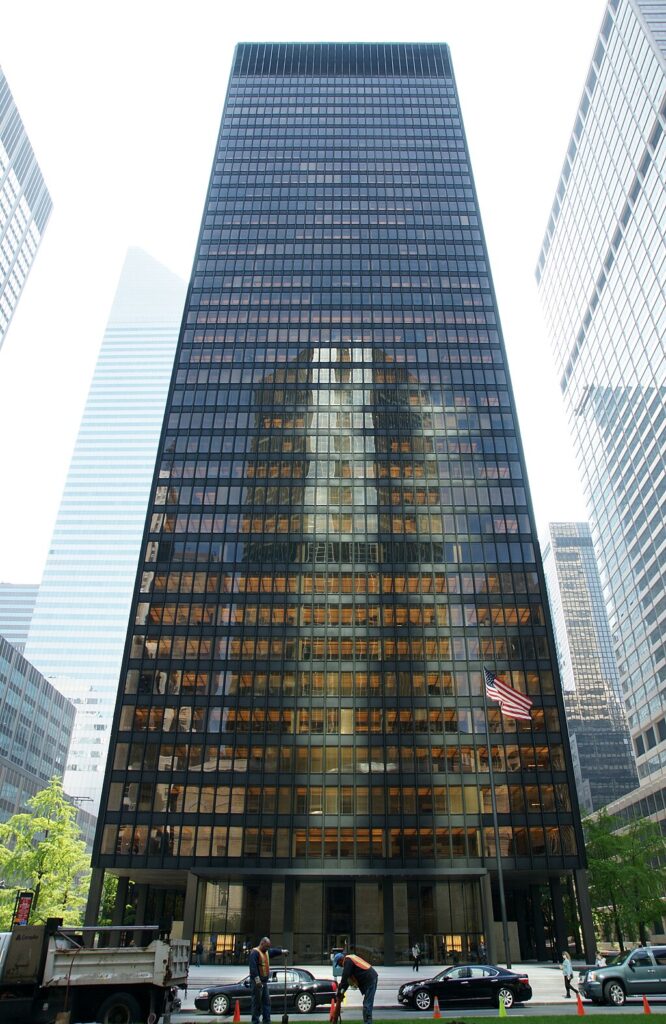
Mies, as he was known, also designed furniture. The popular Barcelona chair was his design. Created as furnishing for the Barcelona Pavilion in 1929 for the Barcelona Exposition. He worked in partnership with Lilly Reich who designed textiles and furniture until moving to the United States in 1938. Meeting Florence Knoll while she was a student at Illinois Institute of Technology, he eventually granted her company exclusive rights to his furniture designs.
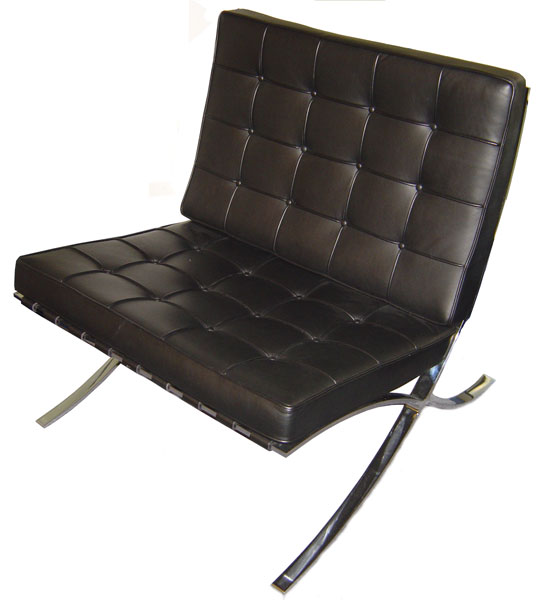
His move led him to a job as director of architecture at the Armour Institute in Chicago, which later became the Illinois Institute of Technology. He designed some of the most prominent and well known Modernist buildings of the 20th century. The Seagrams Tower in New York City along with the master plan for the Illinois Institute of Technology. All the academic buildings on the campus were designed by him between 1939 and 1958.
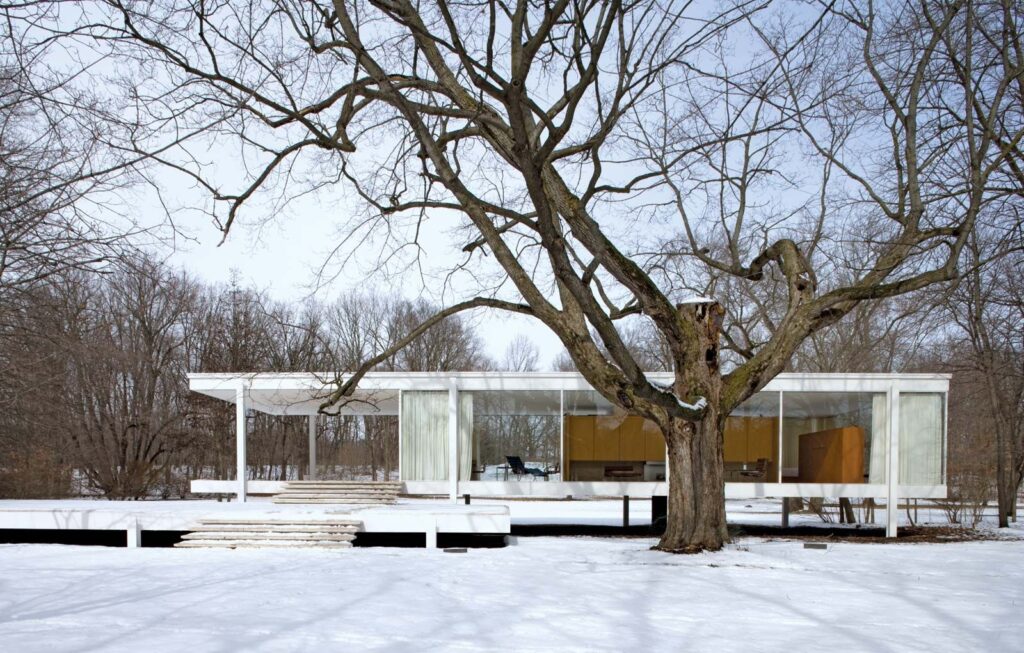
He designed and built a most unusual home for Dr. Edith Farnsworth as a weekend home. The house appears to float above the ground, as it is elevated over 5 feet due to its location in a flood plain. The design is that of a box inside a box with no delineated rooms outside of the toilet and mechanical rooms. His building designs were considered bold at the time as he eschewed the traditional design elements of European architecture and designed buildings of glass and steel that were boxy and geometric in shape. The tall skyscrapers of today are based on designs by Mies van der Rohe.
Want to learn more? Check out these sites for more info: For more on Design Icons on our blog click here.
Knoll: Ludwig Mies Van der Rohe
Architectural Daily: Less is More
